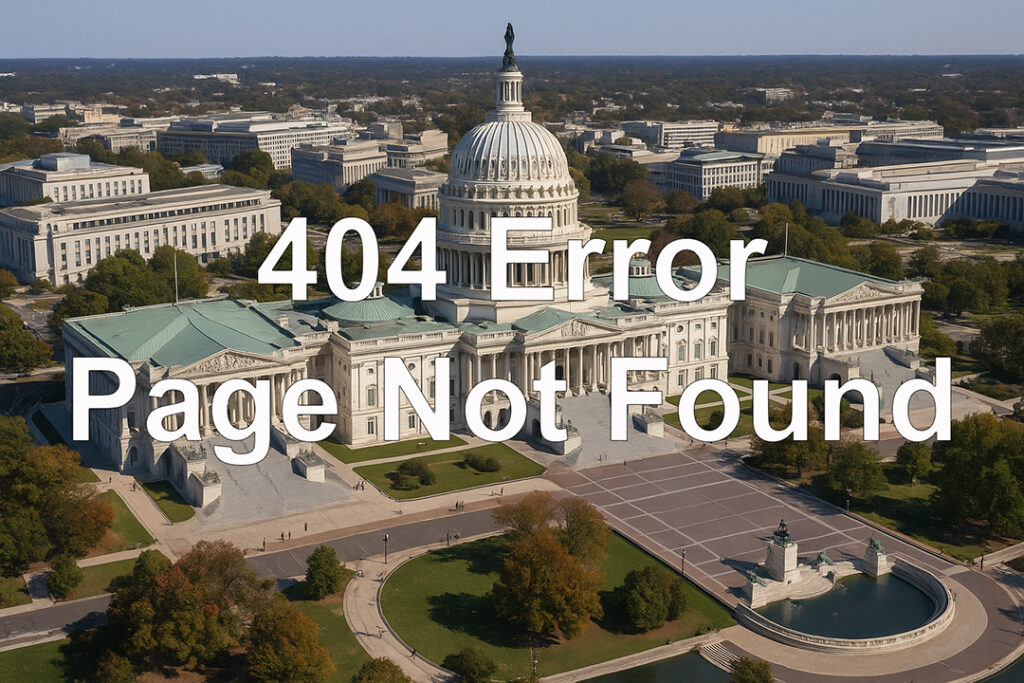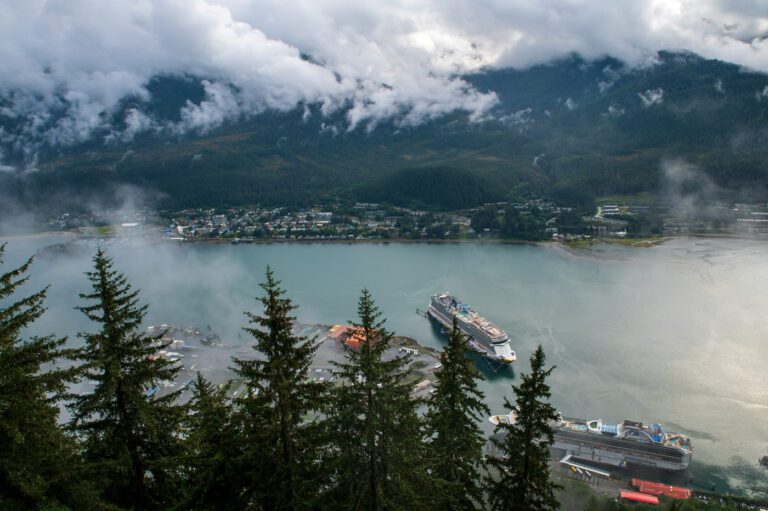The Government Shuts Down on Your Cruise: What Do You Do Now?
The United States government shut down at 12:01 a.m. Eastern Time on October 1, 2025. If you’re on a cruise or have a cruise booked, you might be wondering what a U.S. government shutdown means for your trip. The good news: your ship will still sail and return. The not-so-good news: the travel around your cruise could feel bumpier than usual.

Several federal agencies are already warning about what could pause or slow during a shutdown. The Library of Congress has announced its buildings would close, the Department of Homeland Security has published its shutdown contingency plan, and regional offices of the National Weather Service have noted that public programs would be canceled. These advisories signal the kinds of disruptions passengers may see ripple across the broader travel system.
The U.S. Travel Association had also sounded the alarm, warning a shutdown could cost the U.S. travel economy $1 billion every week. The association points to air travel delays and the closure of national parks and museums. For cruise passengers, that translates into inconvenience rather than canceled voyages.
If You’re in Transit
Whether you’re flying to a cruise or flying home from one, the pinch points are the same: airports, security checkpoints, and customs halls. TSA officers, air traffic controllers, and Customs and Border Protection staff are considered essential, so they keep working. But during past shutdowns, these agencies do find themselves shorthanded.
Think of it another way,: You don’t want to be there in line, and they probably don’t want to be there, either, under the circumstances. We’re all victims of consequence.
Passengers should expect slower processing and plan extra time for flights and embarkation. If possible, avoid same-day travel. Flying into your cruise city the night before gives you a safety net. If you must travel on embarkation day, arrive early and keep your cruise line’s emergency contact information handy.
On the return side, the advice is similar: don’t book a tight connection after disembarkation. Customs lines may move slowly, and flight delays could stack up. A later flight or even an overnight stay can ease the stress.
Now Is The Time
If your voyage is still a few days away, now’s the time to prepare. Start with your documents. Most passport services continue during shutdowns because they’re fee-funded, but delays can happen if offices are short-staffed or located in buildings that close. Check your passport now and don’t wait if you need a renewal.
Airline operations may also feel ripple effects. Even small staffing shortages at TSA or air traffic control can trigger nationwide delays. Sign up for flight alerts and monitor your reservations closely.
And stay flexible with excursions. Tours tied to federally managed sites, like historic landmarks in San Juan, could be canceled or adjusted. Cruise lines typically find substitutes, but it helps to have a backup plan. Travel insurance that covers delays and missed connections can also add peace of mind.
What More Could Happen?
Most impacts for passengers will be about longer lines and slower processing. But if a shutdown drags on, ripple effects could grow. Trusted traveler programs such as Global Entry might see delays in new applications and renewals. Federal health agencies that oversee cruise ship sanitation and track outbreaks could scale back some operations. And in port cities, closures of national parks and museums could reduce visitor spending, squeezing local businesses.
So, your cruise will still sail, but your journey could take more patience. The U.S. government shutdown will, for sure, make the systems around travel (airports, customs, and excursions) less predictable.
The best strategy? Plan ahead, allow extra time, and pack extra patience.







